The National Solar Tour is October 3 – 5 and we will be hosting in-person visits as part of the Minnesota Sustainability Tour. With installation of our Mitsubishi Hiper-Heat cold climate air source heat pump (ccASHP) in January 2024, we are essentially fully electified for all home energy uses. What this means is we no longer burn fossil fuels for our vehicles, home heat and appliances.
The major areas where the typical US resident contributes to greenhouse gas (GHG) emissions are transportation and home heating, followed by water heating, cooking and clothes drying. Transportation and home heating are the largest, while the latter three categories are much smaller. Agriculture used to produce food, particularly meats and dairy, and physical goods are also large contributors. This Carbon Footprint Factsheet from the University of Michigan is an excellent source for detailed information.
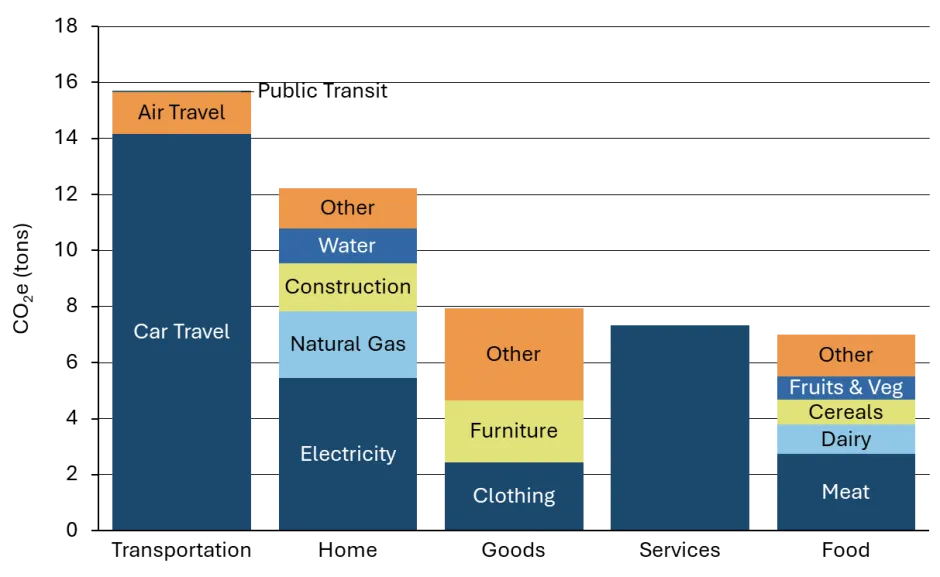
Methane (euphemistically branded “natural gas” by the fossil fuel industry) is especially problematic because it is about 80 times more powerful at trapping heat than CO2. For this reason, changing over all gas appliances in the home to electric is a particularly effective action and has the benefit of saving cost in many energy markets (depending on the local costs of electricity and methane). Even if the current cost picture is similar, the cost of methane is much more likely to fluctuate upward.
In our case, the range and clothes dryer were already electric. We improved efficiency and convenience by upgrading those appliances with a heat pump clothes washer-dryer and induction stove. We also took advantage of the tax credits in the IRA to replace our gas water heater with a heat pump model, and our gas furnace with a cold climate air source heat pump (cc-ASHP). With those changes, we were able to cap the gas supply coming into the basement, which has an additional benefit of reducing risk of fire and gas poisoning. The heat pump clothes washer-dryer does not require venting, so that will reduce a source of cold air drafts in winter, keeping our lower level laundry room cozier. If you are still using a gas stove, the health consequences of indoor pollution are very real and an induction range is a no-brainer upgrade as the performance is similar to gas without the health harms from an indoor flame. The cold climate heat pump heats more evenly than the old gas furnace, making all rooms feel uniformly warm without hot dry air blasting from vents.
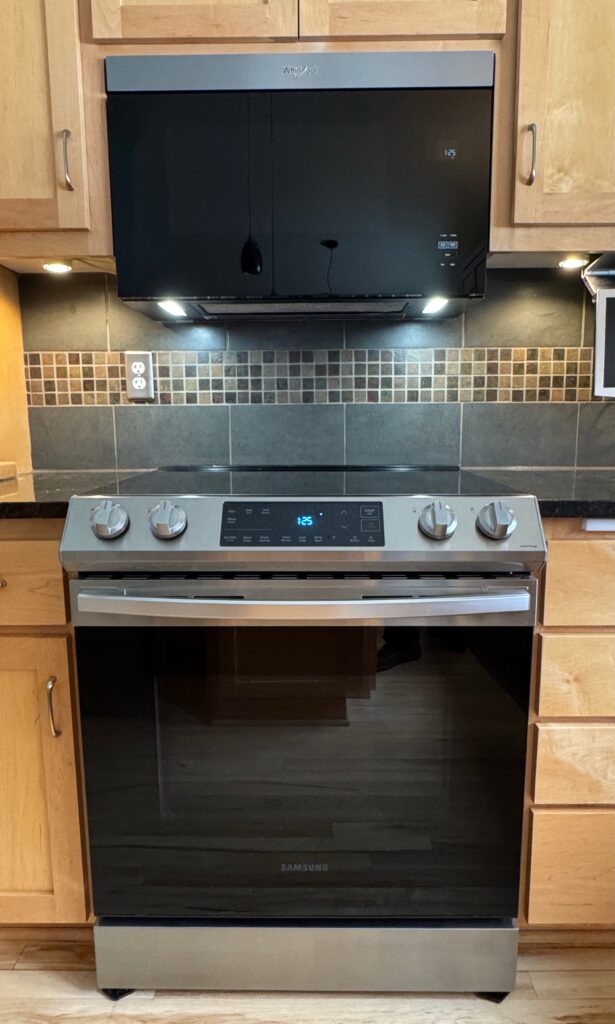
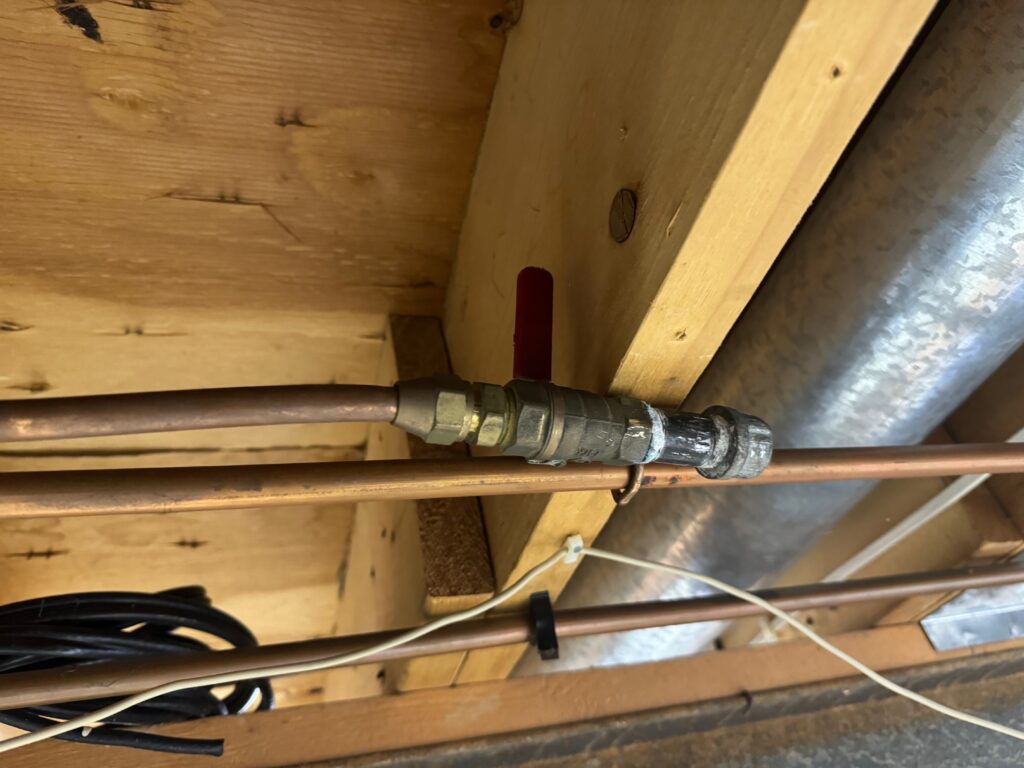
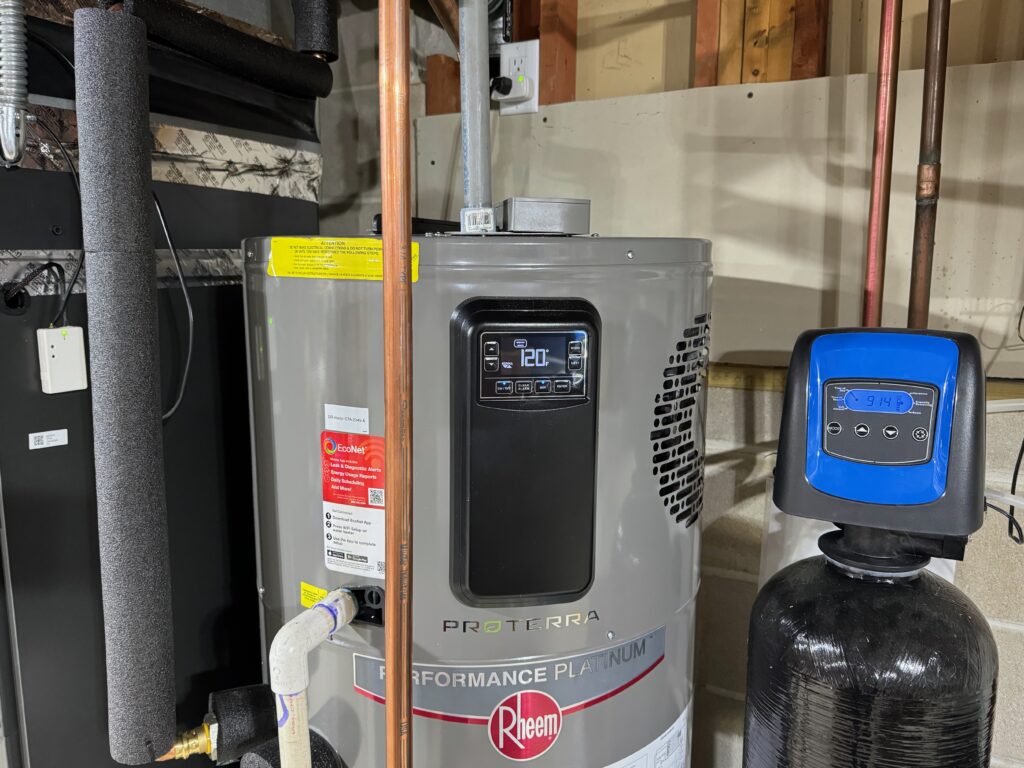
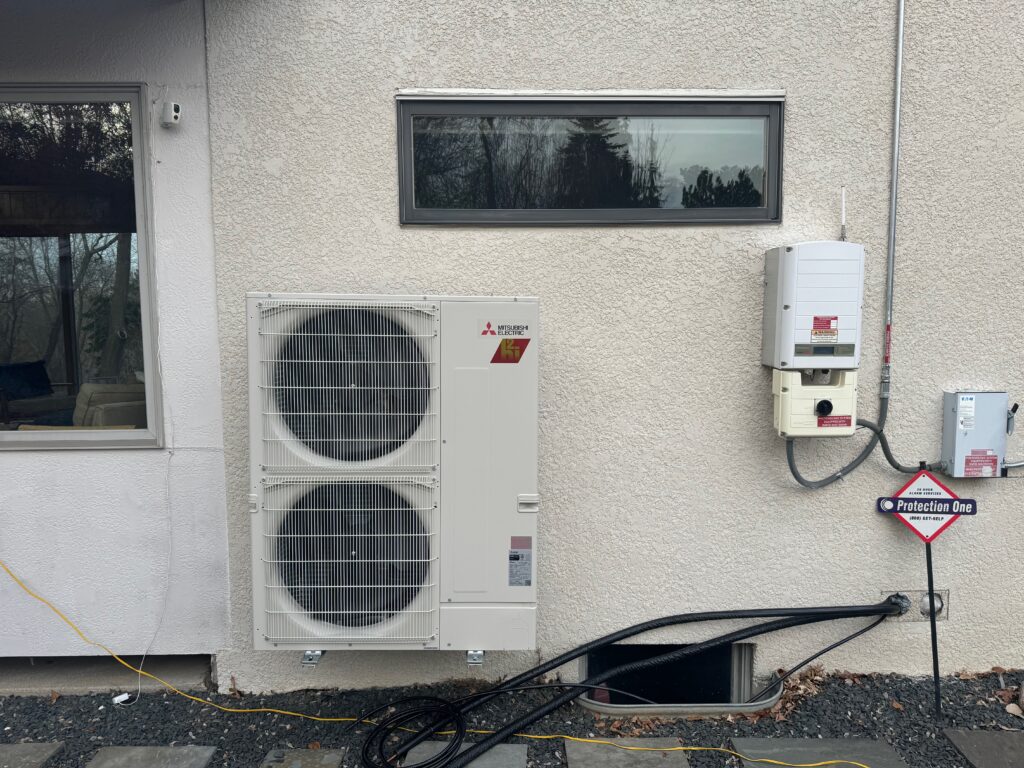
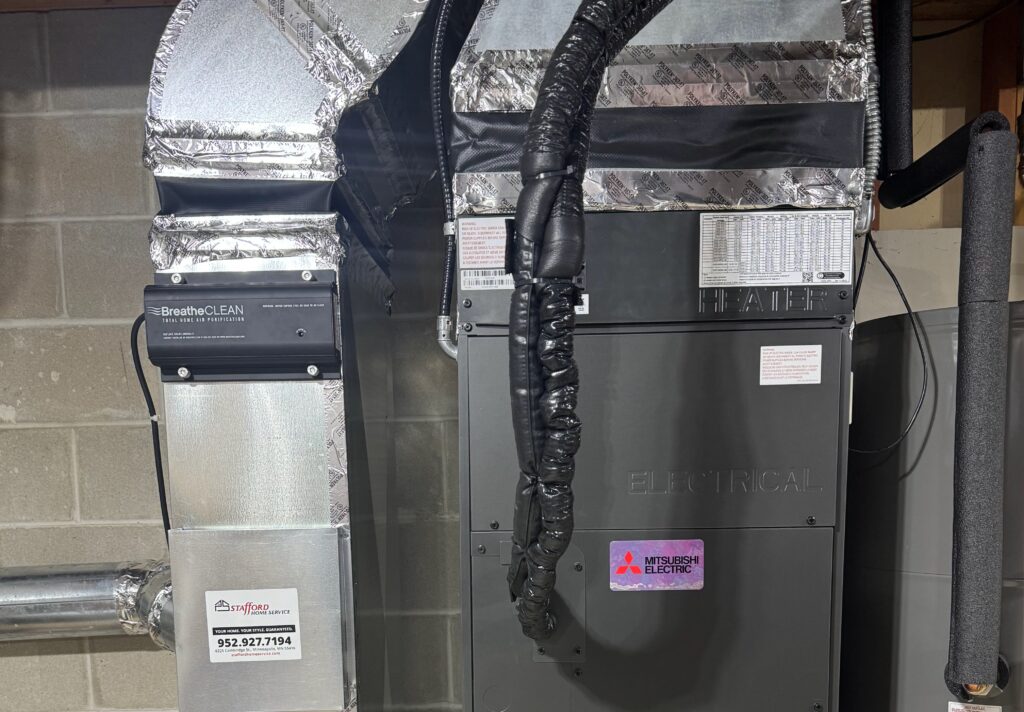
Typically the largest source of emissions for a US resident is personal transportation, specifically automobiles (cars and trucks). If you are lucky enough to live in a place where public transit, biking and walking can meet your needs, then this doesn’t apply to you. In fact, the contribution of personal transport to your GHG emissions drops to a tiny fraction of the typical automobile driver.
Electric vehicle information forms the largest part of this blog so feel free to check out my EV talk slide deck and other resources in earlier posts. We have had a 100% electric garage for over 5 years and will never own another gas powered car (the last one was a 2010 RAV4). Incidentally, that also applies to lawn equipment, including a 2-stage battery powered snow blower. If you are wondering if we have had to make any compromises, the answer is no. In fact EVs are so much more convenient and nice to drive that we have driven far more miles per year in the last 5 years than in prior years and at least one of our cars has been electric since 2015. In total, we have driven well over 100,000 all electric miles across 26 states.
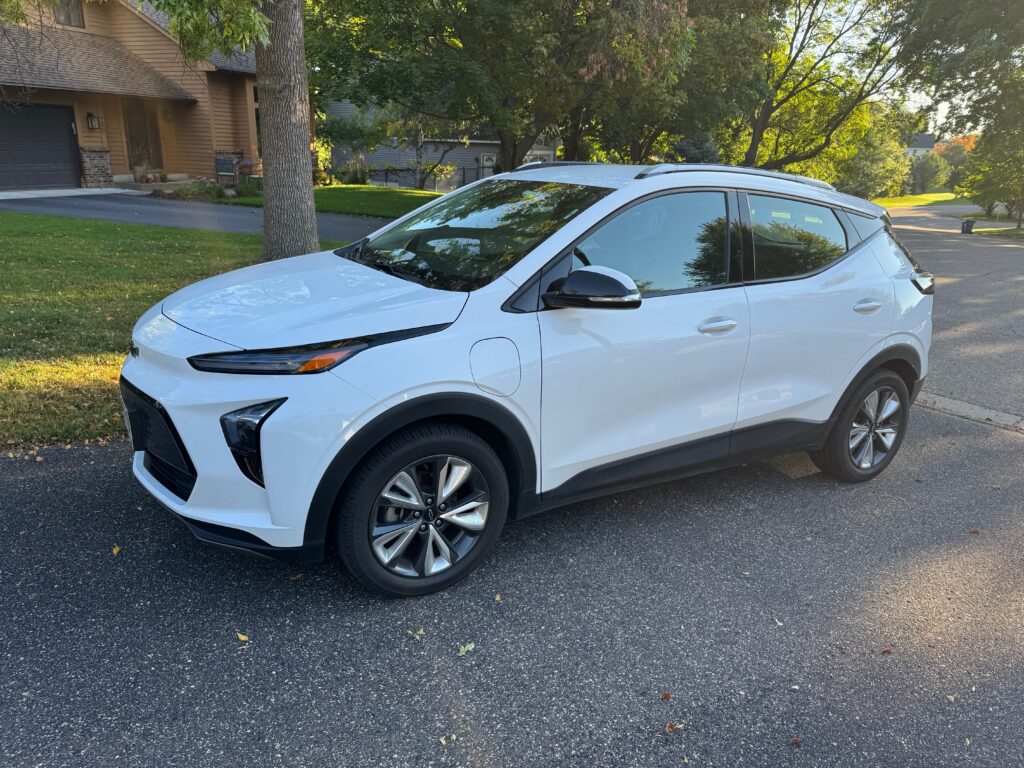
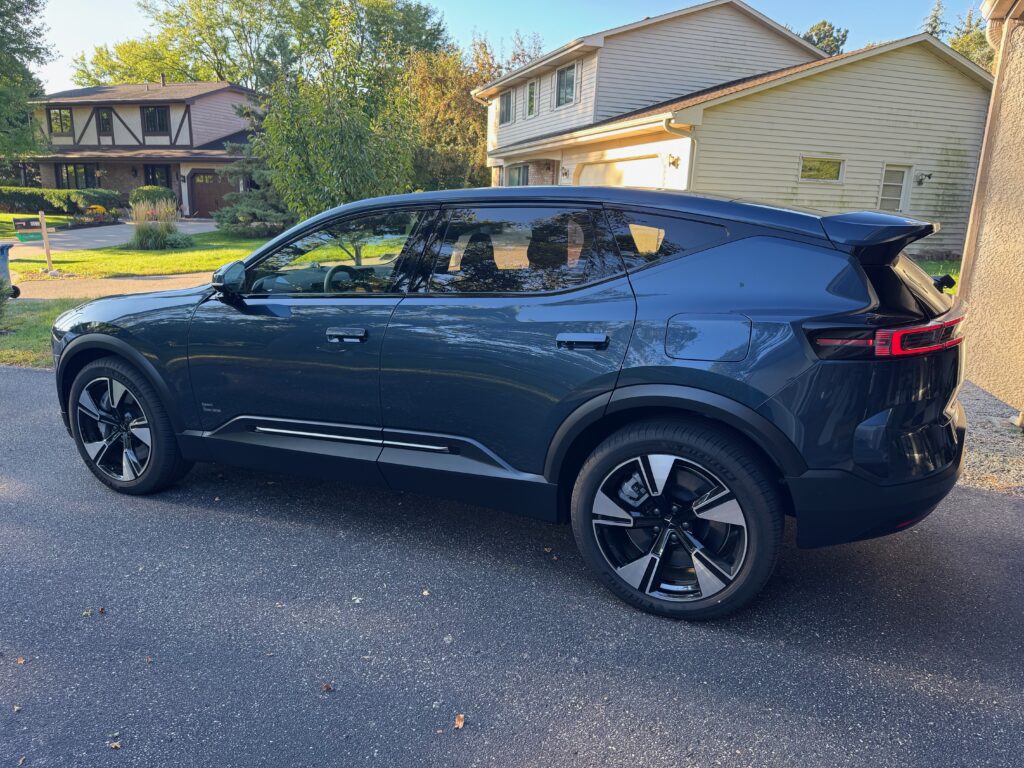
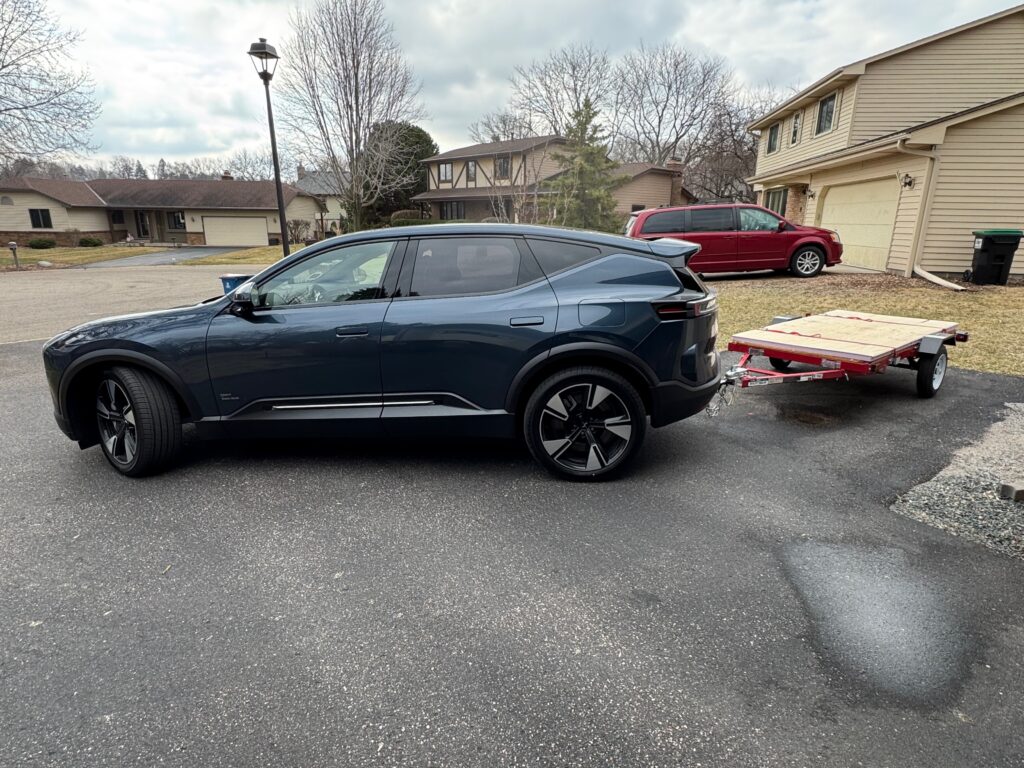
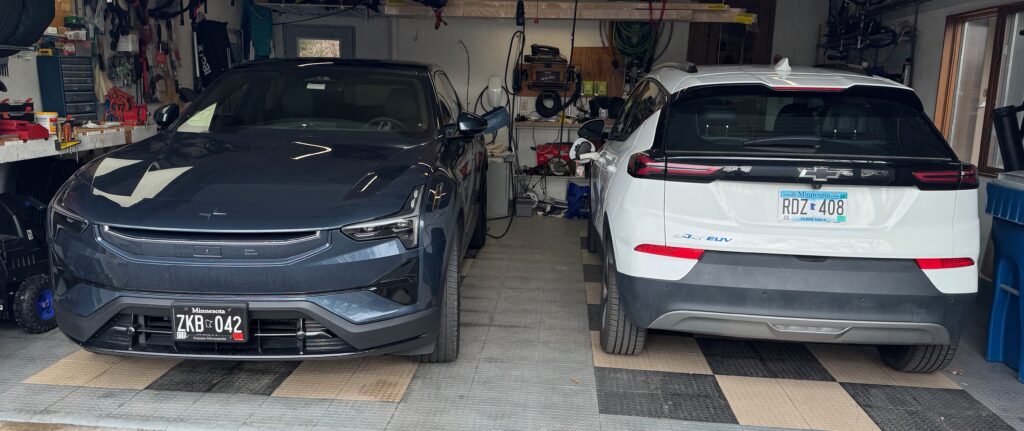
Most charging is done at home in the garage, and our time spent charging is about 10 seconds / day (the cars charge when they are parked and we are in the house). Equivalent cost of fuel is about $1 / gallon, or 0 when charging from our solar panel system.
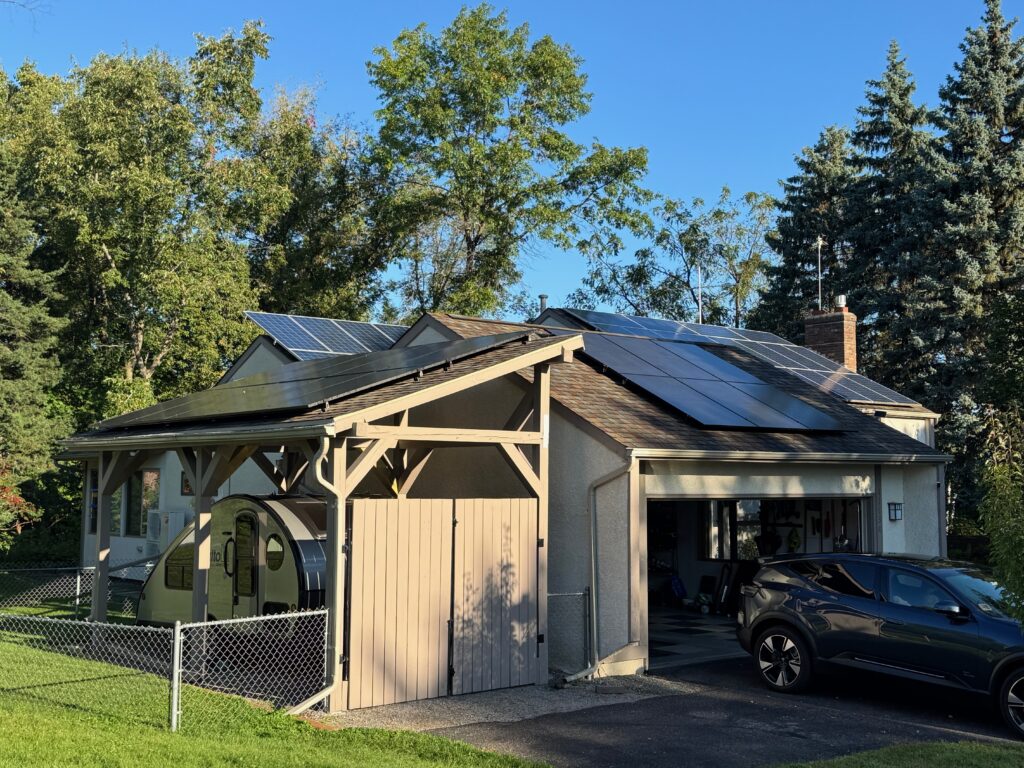
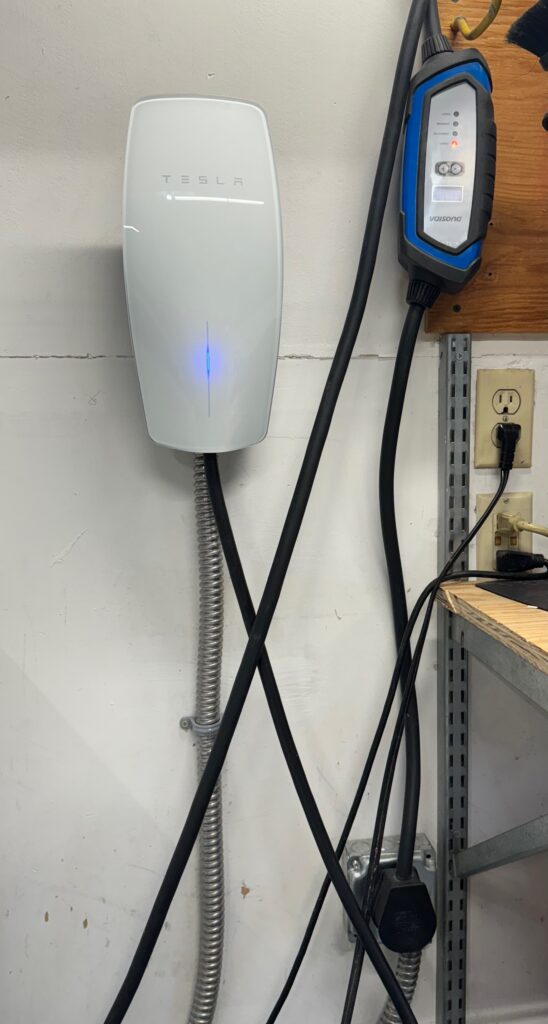
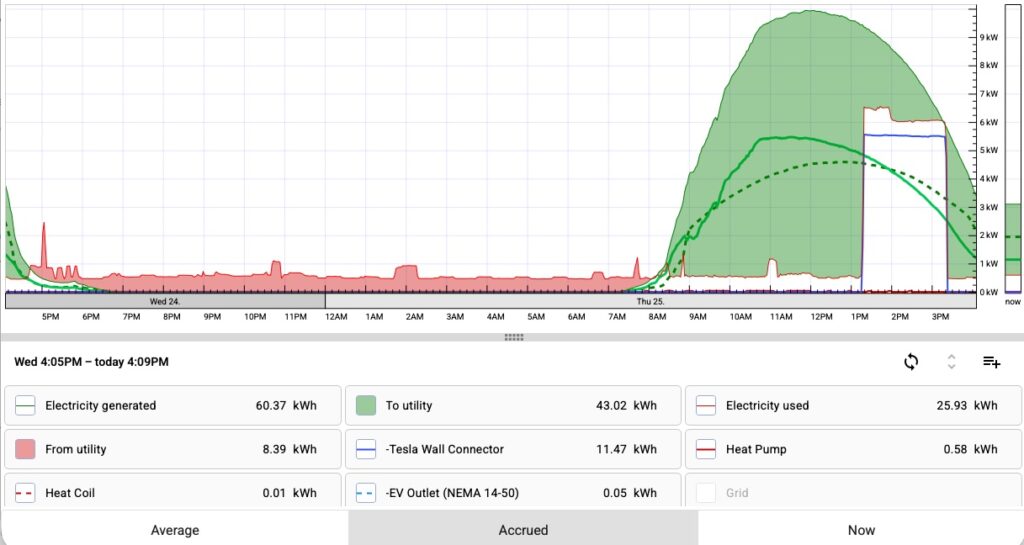
The graph above shows about 30 miles of daily driving being replenished directly from our solar panel system. Summar production is much higher than in winter when the heat pump will be using the most energy, but the hope is that solar production averaged over the year will balance with energy consumption. The system that generates the above graph stores data continuously so seeing where we are at in terms of covering all our electricity use with solar will be easy. A task and blog post for another day.